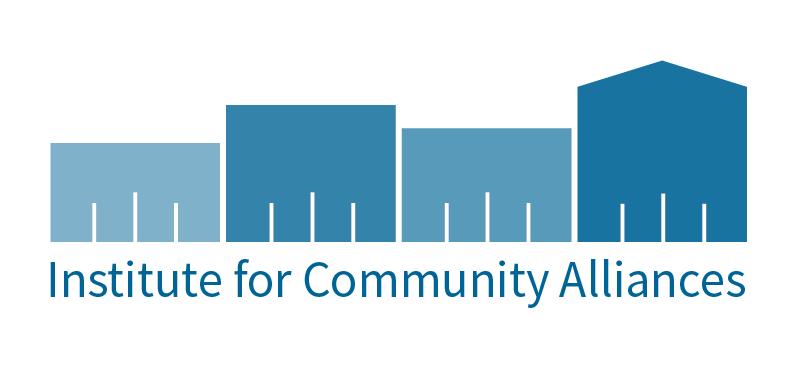Data Dashboards
Permissions for sharing these reports and the information contained in them.
The annual point in time is an important tool for measuring hard to count populations. It is the one time annually that non-HMIS participating agencies report their numbers and domestic violence's providers, who are prohibited from participation in HMIS, are reported in a single location. Critically, it is also the time when a street count is preformed. That data is all sent to HUD for complication and is key in competitions.
This dashboard reports that same data at the county level to the extend possible. This is used for many local and regional competitions as well as employed in complementary systems outside of homelessness prevention and response.
Iowa’s BOS CE regions are intended to provide those experiencing homelessness or at risk of experiencing homelessness with local options, and to put the power of choice in the hands of those most impacted by homelessness. This effort and this accompanying reporting tool help to make visible the reality of homelessness in Iowa’s disparate locations and the impacts of the hard work of the prevention and homelessness response team.
Starting in the first quarter of 2022, the Iowa BoS CoC has implemented a data quality plan to ensure that CoC-funded projects are maintaining good data quality and meeting performance expectations. This dashboard shows how individual projects compare to each other for each metric of interest, as well as how CoC-funded projects are performing as a collective.
The point in time explorer uses data from HUD’s annual point in time and housing inventory to describe the profile of homelessness nationally. HUD publishes continuum of care level data annually, and that data is explored in this dashboard along with dollar values for pro-rata need from every continuum.
Annually, each continuum of care where the Institute for Community Alliances operates, reports their system performance measures data. Here you will find that data organized by performance measure (including historical years) in a way that allows comparison to stated system performance goals.
This dashboard shows information relating to youth and young adults experiencing homelessness in the Iowa Balance of State.
In order to access this dashboard, please reach out to support@icalliances.org with your name, position, and reason for needing access.







In 2022, Iowa received additional Treasury Department funds for the Emergency Rental Assistance (ERA) program. As a part of this program, an online portal was created so that applicants for emergency housing interventions, such as Rapid Rehousing and Homelessness Prevention, are able to easily and quickly apply for assistance. This dashboard allows us to see how many submissions were made to that portal, and where those submissions are coming from.